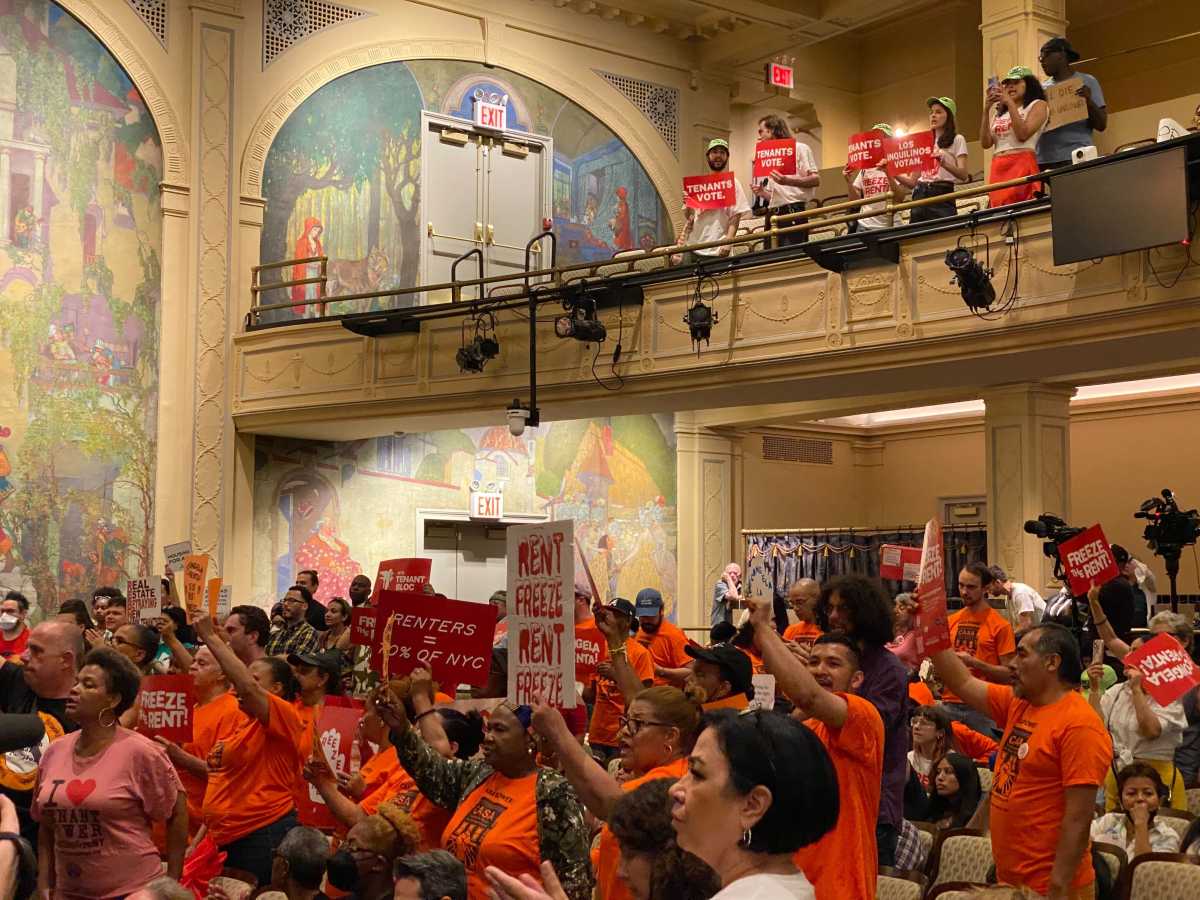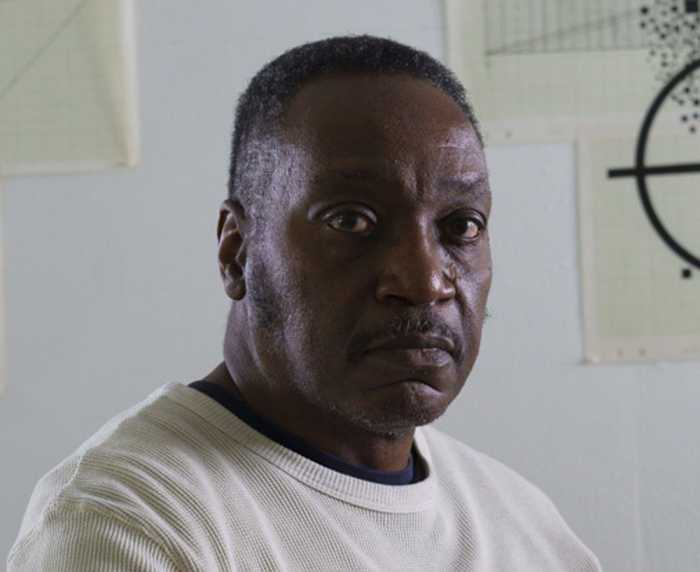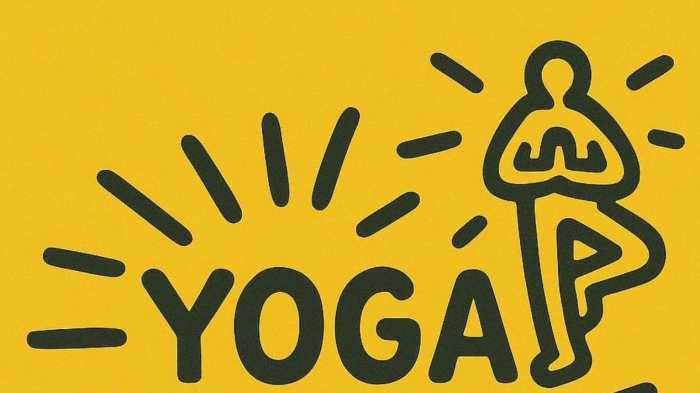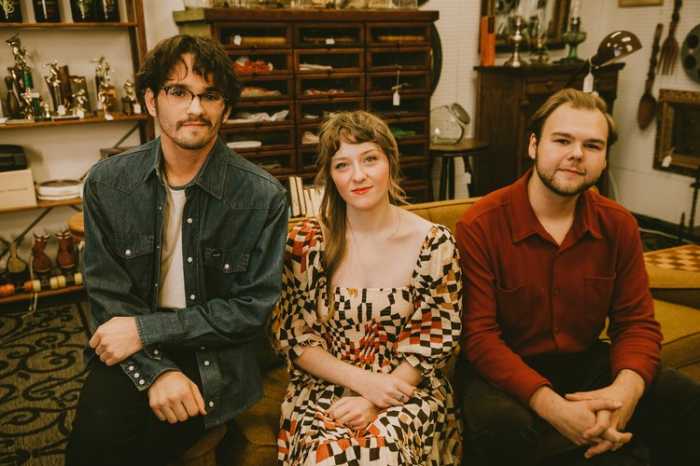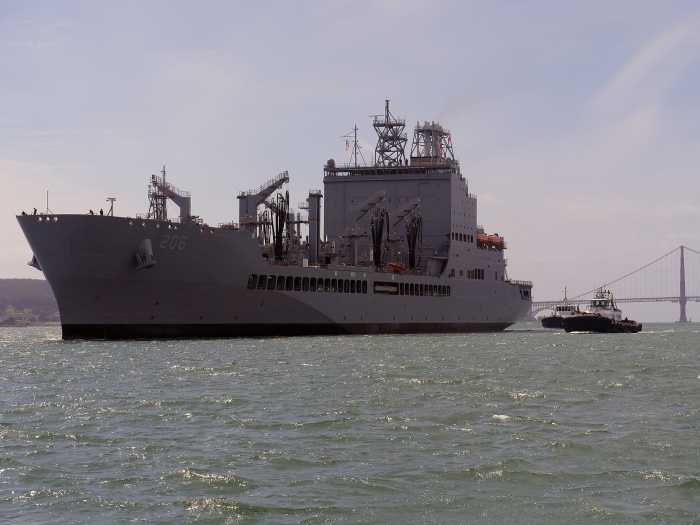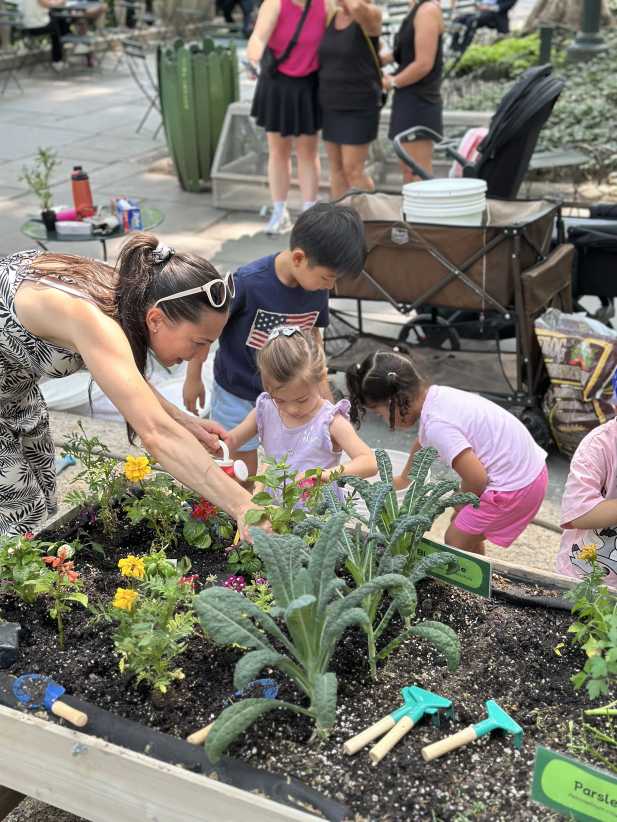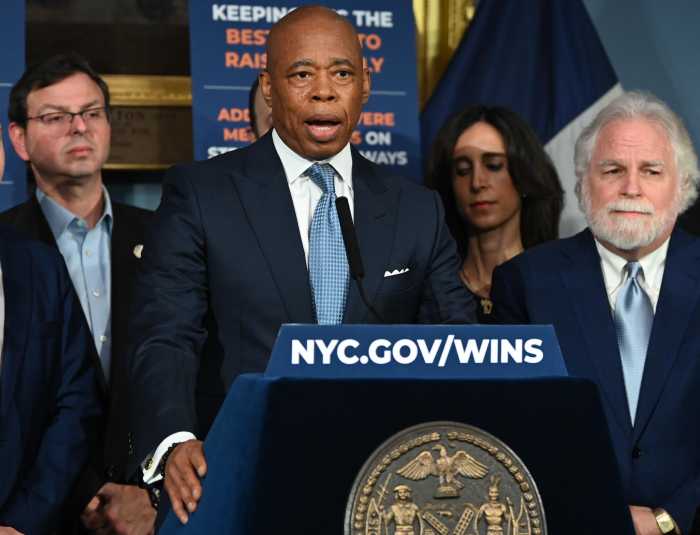The opening of Brooklyn Bridge Park on Monday was a historic moment for Brooklyn — but with five piers to build out, an unclear path to funding their upkeep and the unsolved issue of private housing in the park’s boundaries, critics see a storm brewing.
It took hundreds of community meetings, more than 25 years, a state takeover and then a city takeover to bring Pier 1 — the first six acres of what may one day be a self-sustaining, multi-use, $350-million park and housing development along 1.7 miles of DUMBO and Brooklyn Heights waterfront — to fruition. So on Monday, all the key players were on hand, including Gov. Paterson, Mayor Bloomberg, Borough President Markowitz, a handful of electeds and park designer Michael Van Valkenburgh.
“Like Rome, the park wasn’t built in a day — but good things come to those who wait!” said Markowitz. “People all across Manhattan will have their binoculars out, jealously eyeing our paradise across the water.”
For years, of course, all the Lower Manhattanites saw were the underutilized relics of Brooklyn’s fabled waterfront traditions: six Port Authority-owned piers stretching from Old Fulton Street to Atlantic Avenue.
The park
Even opponents agree that Pier 1 is the beginning of a waterfront paradise.
Walking onto the former dock at the foot of Old Fulton Street, patrons see nearly three acres of lawn underneath a Manhattan skyline — and from a standpoint not many Brooklynites have seen before.
Further on, cement pathways careen through the lawn and past a small, padded playground. Up a hill, a 26-foot-high plaza gives way to a long staircase that drops into a wide walkway along the water — a configuration that resembles a classic Brooklyn stoop, writ large.
Seating is plentiful — and will be even more so once the lawn strengthens and opens to the public in mid-April. After that, summertime concessions will add food and drink (can you say wine bar?) to the amenities.
“It’s really gorgeous, we can’t wait for more to open,” said DUMBO resident Stephanie Lazar, who with her son Oliver and dog Blue, was among the first customers.
A portion of Pier 6, at the foot of Atlantic Avenue, is expected to open this spring. But the “more” to which Lazar was referring will take a while.
Housing
As part of Mayor Bloomberg’s takeover plan — offered in part by state Sen. Daniel Squadron (D-Brooklyn Heights) — the city made a commitment to complete construction of the park, immediately put down $55 million more on development, adding to the $139 million already spent by the city and state.
The city wants to continue the state mandate that the $16-million annual maintenance budget be self-sustaining, and Bloomberg supports the earlier state plan for private housing and other commercial operations in the park’s boundaries to fund it.
“The new ‘normal’ is that we don’t have money like we used to — we have to do more with less,” Bloomberg said on Monday. “The city has to find ways to fund this, and housing is one model.”
Community and elected officials have long sought to oust that model; some worried that private housing would essentially turn the park into a big front lawn for the luxury residents. The notion of a commercialized park prompted Squadron to offer an alternative that would siphon off a share of property taxes from nearby buildings whenever they are converted to residential use.
Squadron also fought for the creation of a committee that will decide by 2011 whether housing at a site on John Street in DUMBO or on Pier 6 is the only way to go.
Even if the committee is successful in finding housing alternatives, residents like Judi Francis, president of the Brooklyn Bridge Park Defense Fund, are skeptical.
“They’ll find alternatives, but the mayor will still try and shove housing down our throats,” Francis told The Brooklyn Paper. “He’s holding the park hostage for his housing plan. If it goes through, we’re going to lose the green space we thought we’d have.”
Francis noted that sale prices at One Brooklyn Bridge Park, the former Jehovah’s Witness printing plant on Furman Street near Atlantic Avenue have skyrocketed now that the “front lawn” of Pier 1 has opened. Fees on the residents of that partly occupied building are underwriting the maintenance of the first segment of the park.
The future
Challenges remain regarding the construction of the remaining four piers, which could cost more than $200 million.
Bloomberg’s $55 million will go to build the stalled Pier 2 and its recreation space. Though delayed until later this spring, Pier 6 is a go except for the restaurant — its main money-making venture — which is still getting cleared in its design phase.
Pier 5 may eventually be devoted to field sports and recreation, Pier 4 would offer a beach, and Pier 2 would have a tidal pool. All that work is supposed to be done by 2013.
It’s also unclear who — or what — will actually run Brooklyn Bridge Park. The state’s Brooklyn Bridge Park Development Corporation will give way to a city entity — not the Parks Department, critics pointed out — later this year.


